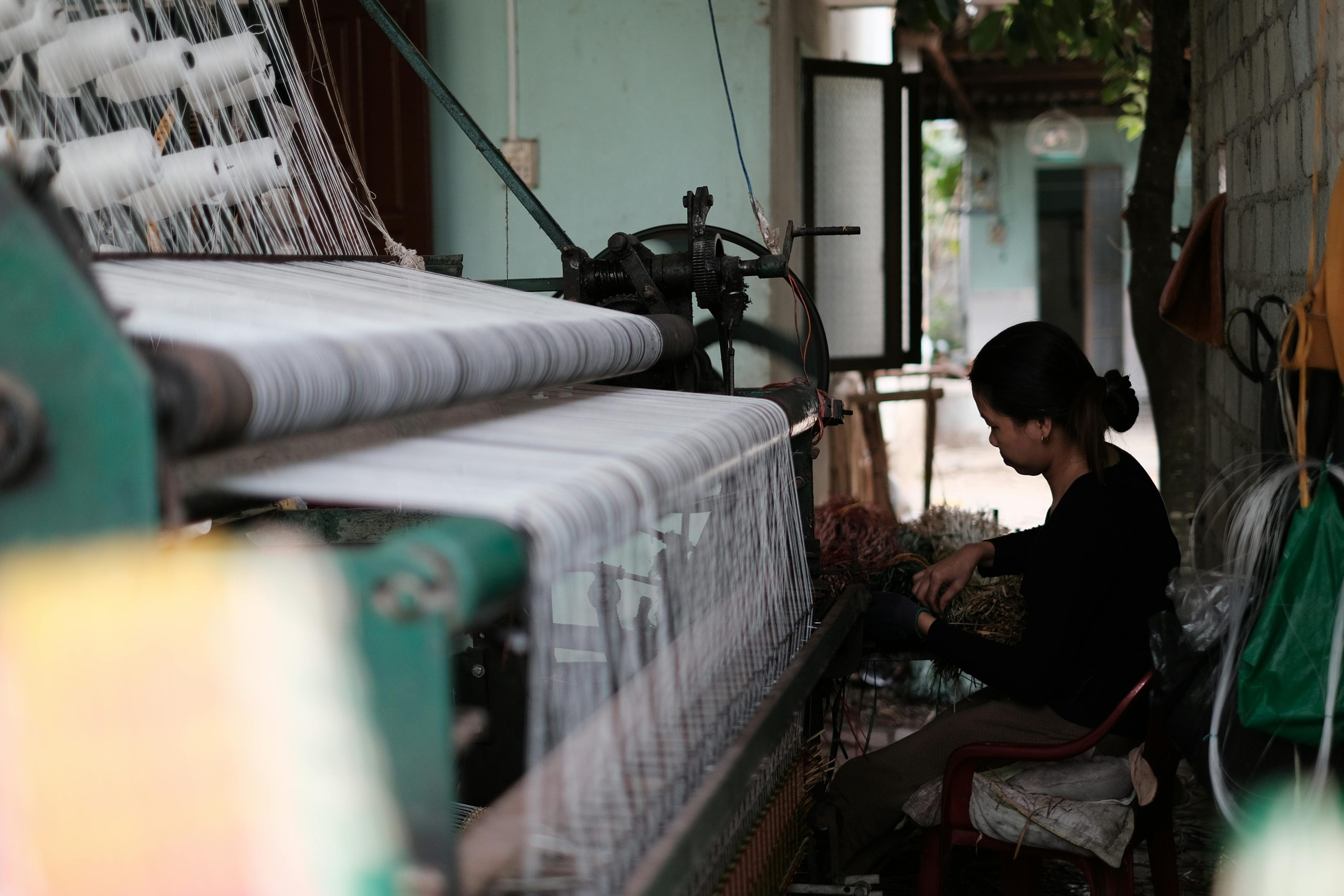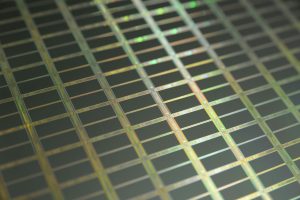Intelligent Adaptive Textile Systems Responding to Human Needs
Intelligent adaptive textile systems are changing the game in the world of fashion and technology. These systems are not just about creating new designs or materials, but also about responding to the human needs and enhancing the overall user experience. With the use of advanced technologies and intelligent algorithms, these textiles are now able to adapt to different environmental conditions and provide added functionality to everyday clothing. Let’s deep dive into the world of intelligent adaptive textile systems and explore their potential in meeting the ever-changing needs of the modern world.
What are Intelligent Adaptive Textile Systems?
Intelligent adaptive textile systems, also known as smart textiles, are fabric-based materials that have been integrated with advanced technologies and sensors to respond to external stimuli. These stimuli can be anything from temperature and humidity changes, to body movements, and even user preferences. These textiles are designed to perform multiple functions, such as controlling body temperature, monitoring health vitals, and even changing color or shape in response to the environment.
One of the key aspects of intelligent adaptive textile systems is that they are able to adapt and respond to changing conditions, making them highly versatile and efficient. they are also lightweight, comfortable, and can be seamlessly integrated into various clothing items, making them perfect for everyday use. With the growing demand for smarter and more functional clothing, the market for intelligent adaptive textile systems is expected to see significant growth in the coming years.
How do Intelligent Adaptive Textile Systems Respond to Human Needs?
The potential of intelligent adaptive textile systems is limitless when it comes to responding to human needs. These textiles can be programmed to perform a wide range of functions, including providing comfort, protection, and even enhancing performance. For example, a smart workout shirt can monitor the user’s heart rate, body temperature, and sweat levels, providing real-time feedback and adjusting the fabric accordingly to maintain optimal conditions for the user.
Comfort and Protection
One of the main benefits of intelligent adaptive textile systems is their ability to provide comfort and protection to the user. With the integration of sensors and microchips, these textiles can monitor the environmental conditions and adjust the fabric accordingly to maintain optimal comfort levels. This can be extremely useful in extreme weather conditions, such as heat or cold, where these textiles can keep the user cool or warm, respectively.
Moreover, intelligent adaptive textile systems can also provide added protection to the user. For example, with the use of UV-sensitive fabrics, these textiles can alert the user when they are exposed to excessive amounts of UV radiation, preventing skin damage and potential health risks.
Enhancing Performance
Intelligent adaptive textile systems are not just limited to providing comfort and protection, they can also enhance performance in various activities. For athletes and fitness enthusiasts, these textiles are a game-changer. With the ability to monitor vitals and provide real-time feedback, these textiles can help improve performance and prevent injuries. They can also be integrated with biometric sensors to monitor performance and provide insights on areas of improvement.
The Future of Intelligent Adaptive Textile Systems
The potential of intelligent adaptive textile systems goes beyond just clothing. These systems can also be used in other industries, such as healthcare and military, to provide added functionalities and improve overall efficiency. Furthermore, with the advancements in technology, these textiles are becoming more affordable and accessible, making them a viable option for mass production.
As we continue to move towards a more technologically advanced world, the demand for intelligent adaptive textile systems is only going to increase. With their ability to respond to human needs and provide added functionalities, these textiles are revolutionizing the fashion and textile industry. It’s safe to say that the future of clothing is looking smarter and more adaptive with each passing day.
In Conclusion
Intelligent adaptive textile systems are more than just a trend, they are here to stay and change the way we perceive and use clothing. With their ability to respond to human needs and provide added functionalities, these textiles are redefining the concept of fashion and functionality. As these technologies continue to evolve, we can expect to see even more advanced and versatile intelligent adaptive textile systems in the near future.











